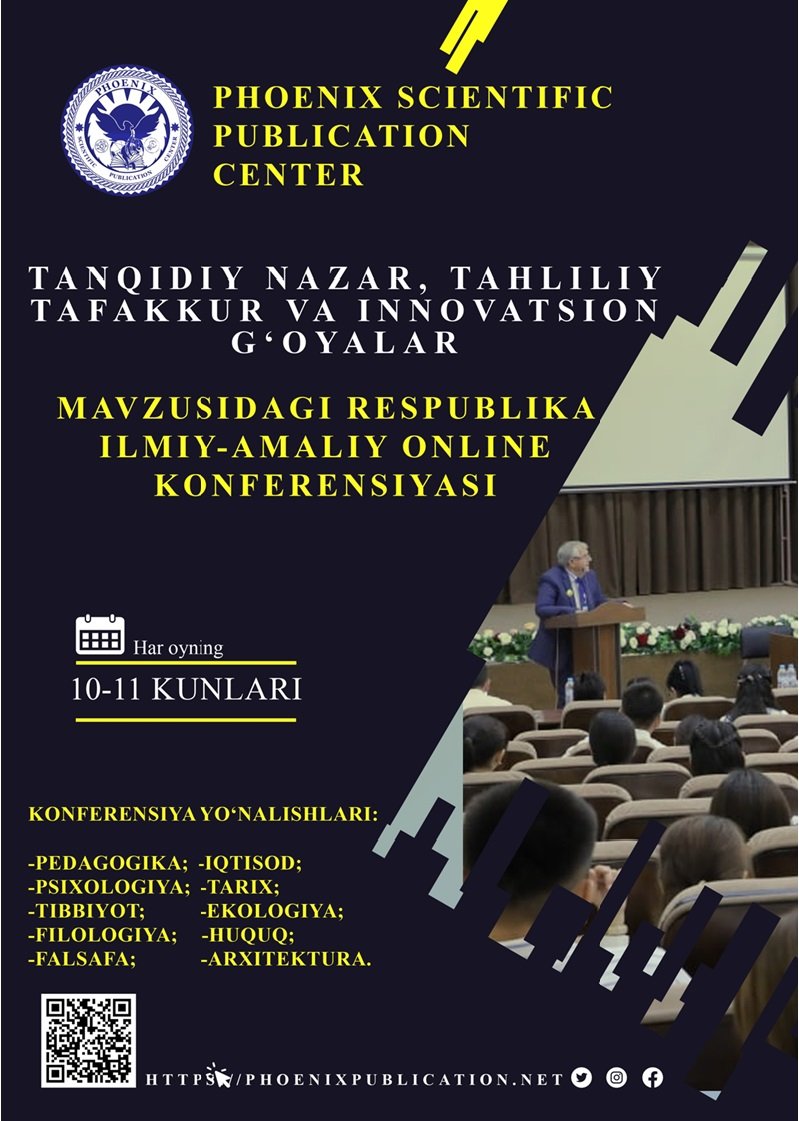Abstract
This article presents an experimental study on the effectiveness of speech compression techniques in simultaneous interpreting (SI). Speech compres- sion, involving strategies such as omission, paraphrasing, syntactic restruc- turing, and summarization, is examined for its impact on interpreter ac- curacy, fluency, and cognitive load. Using a corpus-based approach with recordings from international conferences, the research compares perfor- mances with and without compression under varying speech rates. Results indicate that compression enhances efficiency in high-speed scenarios but may compromise nuance in complex discourses. The findings contribute to interpreter training and highlight the cognitive mechanisms underlying SI.
References
1. Abdumurodov, A. (2024). Techniques of Speech Compression in Simultane- ous Interpretation. Global Research Network Journal of STEM, 1(1).
2. Bartashova, O. A., et al. (2024). Cognitive Foundations of Speech Compression in Interpreting. ResearchGate.
3. Chernov, G. V. (2004). Inference and Anticipation in Simultaneous Interpret- ing. John Benjamins Publishing.
4. Iacovoni, A. (2010). Compression in Simultaneous Interpreting: Fact or Myth? Master’s Thesis, University of Bologna.
5. Rasulov, Z. (2023). Speech Compression During Simultaneous Interpretation. European Science Journal.
6. Wang, L., et al. (2025). The Function of ASR-Generated Live Transcription in Simultaneous Interpretation. Humanities and Social Sciences Communica- tions.
